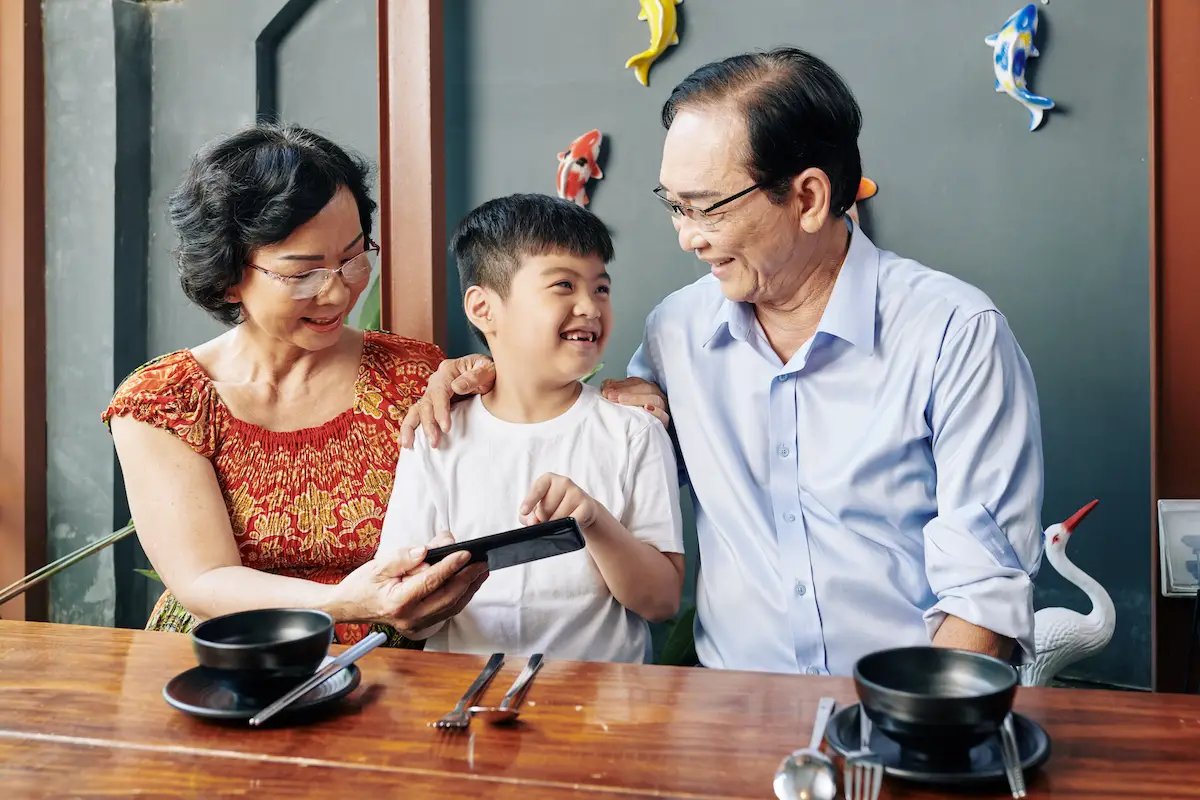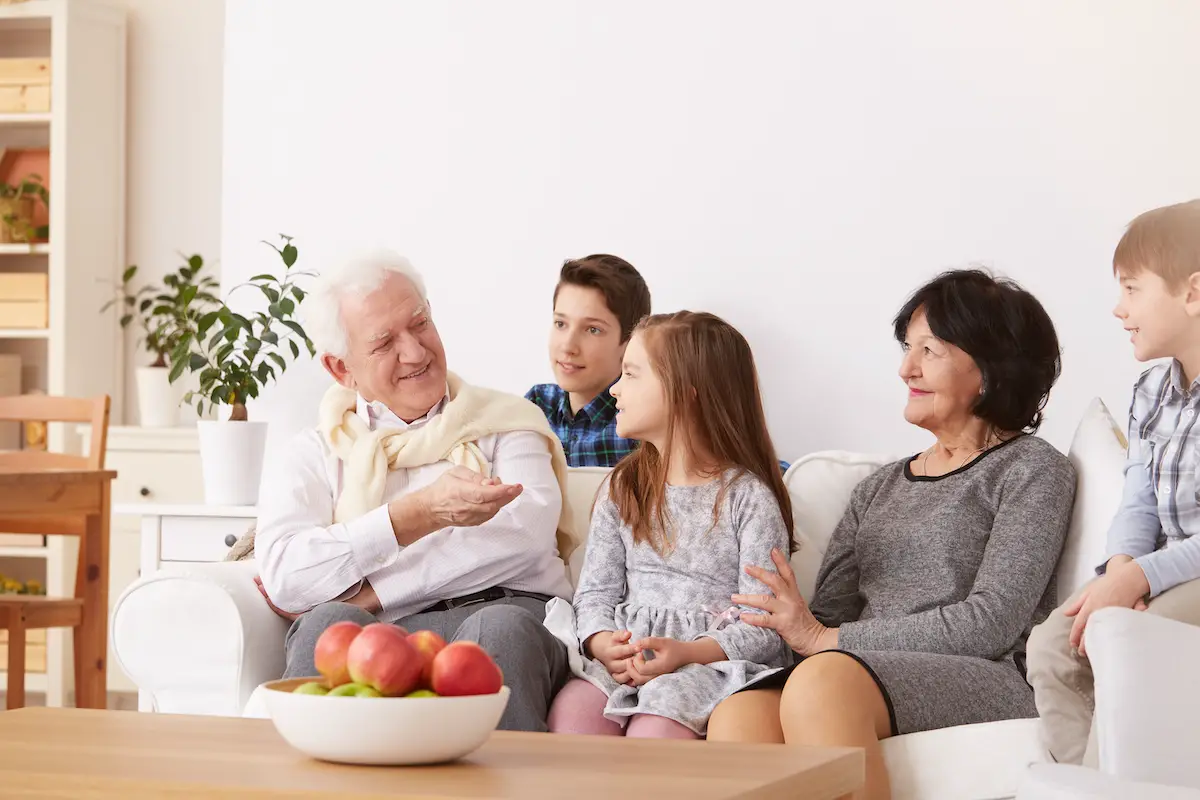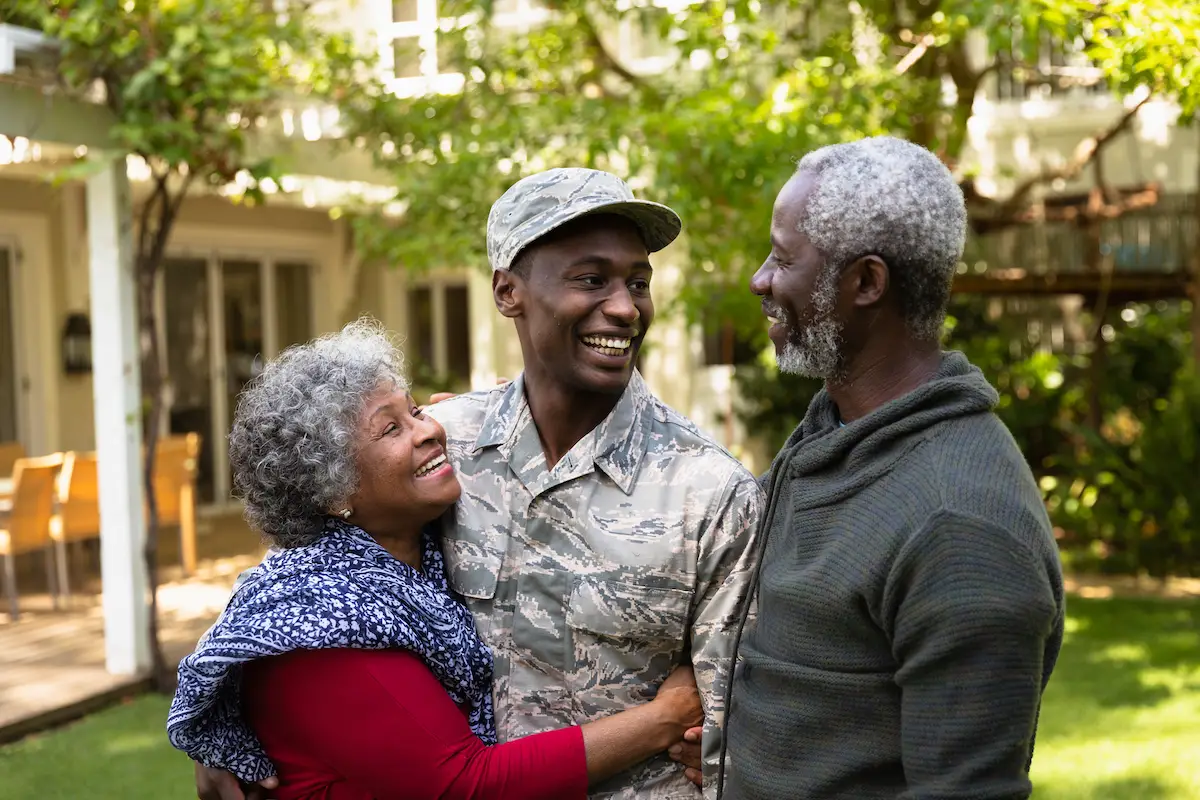In this day and age, seniors are more consistent than ever that they no longer be referred to as “seniors”. This is not a preference of egoism, but rather one of realism. With life expectancy levels on the rise, the traditional connotation of a “senior” is no longer accurate.
Today, “seniors” want to reside in a community which offers the opportunity to connect with the outside world. An active lifestyle with avenues available to share their lifetime of knowledge and experience with those from multiple generations. These desires have increased the need and demand for the expanding senior housing model:
Intergenerational Living.
Also referred to as multigenerational living, this is the process of combining generations in order to deliver cross-generational experiences. In this article, we will discuss the booming concept of intergenerational senior living, and how it is benefiting people from all generations.
Intergenerational Relationship Statistics
Think about this for a minute: Would you consider yourself to be more intelligent now, or when you were in high school? Do you feel you have gained a significant amount of knowledge and insight which you did not possess when you were a teenager?
I’m sure you can agree, as time goes on, we gain insight and wisdom about life that we did not have when we were younger. Aging adults are chock-full of fruitful wisdom and have so much to offer, not only to other seniors their age, but to individuals of all generations. Our entire community benefits when someone much more experienced is able to share their learned knowledge with us.
Communities who offer seniors the opportunity to share their wisdom through mentoring programs with youth have shown to benefit both sides of the spectrum. Youths who meet regularly with senior mentors are:
- 46% less likely to start using illegal drugs, compared to their peers
- 27% less likely to start drinking, compared to their peers
- Significantly less likely to experience depression and anxiety
- More likely to trust their parents, and practice better communication with them
Another interesting statistic pulled from the study of youths participating in senior mentoring programs, shows that 81% of young adults who are members of these programs are more likely to enroll in sports or extracurricular activities, when compared to their peers who do not have a senior mentor.
Examples of Intergenerational Relationships
One of the best positive examples of intergenerational relationships, is the Jenks West Elementary School in Jenks, Oklahoma.

Programs within the school proved to be extremely beneficial or both the seniors and children involved. The staff said they were also able to benefit from these multigenerational experiences. The space allowed children and seniors to interact, blending senior services and education in a way that created lasting impacts.
As U.S. demographics continually shift, the new generation of shared spaces can help solve a lot of significant social challenges we face. Generational diversity should be considered a national asset, rather than a burden. We’d do our best to leverage these opportunities.
Generations United, an advocacy group which examines the growth in living centers, senior facilities, schools and more, all of which promote intergenerational activities and bonding experiences, released a study proving the benefits of intergenerational relationships. While these types of community living centers are not all that common, they are a major asset to their communities. Our aging population should have the ability to share their knowledge and experiences with those of a younger generation, not just with other aging adults.
Intergenerational Activities
There are many senior living communities who are taking the opportunity to introduce more intergenerational activities and programs for their residents. Anything from supporting children in need, to building gingerbread houses together, communities get to engage with our aging adult population. These relationships build purpose, strengthen the community, and create opportunities for youth mentorships as well.
Here are a few fun intergenerational activities both aging adults and their younger counterparts enjoy together:
- Reading books together
- Storytelling – the ability to pass down history and share life’s knowledge and wisdom
- Sharing skills with each other, such as knitting, baking lessons, fishing, sewing, etc.
- Spending time scrapbooking together, which can also be a great platform for storytelling
- Cooking and gardening are great activities that also promote a gentle level of physical activity
- Intergenerational group games, such as cards or board games
- Going on a walk or exercising together
Importance of Intergenerational Relationships
History of Intergenerational Relationships
If you can remember, there was once a time in this country where it was completely normal, common even, to have three or four generations of one family living under the same roof. If not under the same roof, living very close 
Why was there such a shift in how, and where we live in proximity with our family members?
There are a number of factors that caused this trend to occur, such as the fact that technology opened the door to more employment opportunities in other areas, lifespans have grown to be significantly longer, and an increase in mobility access are among the most common. Although unintentional, this has resulted in older adults have been left to live in settings like nursing homes or retirement communities, isolated from other generations of people.
Considering that, it’s key to recognize the impact that intergenerational relationships have on the health and well-being of elders. Both physical and meta health are improved when parent-child relations develop into friendships. Ageing parents can become your best friends, whether millennials, young children, or middle aged adults. The perspectives and feelings shared from those of all age groups offer something for each of us to learn.
Benefits of Intergenerational Relationships
Our most essential and important relationships, even from a young age, are considered intergenerational. Our parents, grandparents and siblings take care of us as we are growing up, teaching us right from wrong and how to navigate life. However, as we get older, these roles are reversed. As children, we need our older and wiser family members to help us form boundaries and realize our potential in life. When we get older, we need those younger and stronger family members to help us engage in our communities and stay active.
The fact of the matter is – we all need each other, regardless of what stage of life we are in. This type of engagement between generations leaves a positive impact on our communities. In order to reap the benefits of intergenerational relationships, we all need to better understand our need for one another, and to appreciate and respect people of all ages. Each of us have something beneficial to bring to the table. On the other hand, all of us have areas we could improve on and grow, regardless of whether we are 5 or 85 years old.
Below, we’ve listed some of the most rewarding benefits an intergenerational relationship can provide us with:
- Intergenerational relationships have proved to successfully lessen loneliness and prevent isolation in seniors.
- Children have the opportunity to learn a lot from the older population, gaining insights many of the younger generation may lack.
- Provides the older generation with a sense of purpose, while the younger generations gain great respect for the older generations and value their knowledge.
- Stories and history are kept alive when intergenerational relationships flourish.
- Communication skills are learned by children who interact with the older generation, and technological skills are better grasped by the older generation when they spend time with those who are younger.
- A more positive outlook on aging is achieved by younger generations, so that they can look forward to their later years, rather than fear the thought of them.
Benefits for Young Parents 
There are clear benefits to parents when the “grand generation” is an active part of their lives and the lives of their children.
In this day and age, young parents are overwhelmed and stressed out. The support of a loving grandparent or older adult can give young parents someone to talk to. Someone who’s “been there, done that”, but now has the benefit of hindsight, and can help young parents put their worries into perspective.
Additionally, there is an aspect of comfort knowing another adult loves and cares for a set of young parents children. Grandparents can offer financial support if needed, as well as physical support – such as babysitting. A safety net develops when we take advantage of our grandparents knowledge and support in the modern age.
More than Just a Program
The most meaningful and beneficial forms of human development come to those who are available and willing to interweave their needs and potential with the needs and potential of those who are older or younger than they are.
Isolated intergenerational projects and programs across the U.S. prove just how successful intergenerational contact can be for both the old and young. The challenge now lies in our ability to open these intergenerational relationships beyond programs and projects, and commit to intergenerational connections as a part of our daily lives. Every community would be strengthened if the social fabric of intergenerational relationships expanded beyond where they currently reside.
Conclusion
We tend to divide our communities up by age – older people in retirement communities and younger people in schools. The fact of the matter is, each and every one of us needs to find ways to open these divisions and bring our generations together. Experiencing life in a multigenerational, interdependent, richly complex community that will best teach us how to be better humans.





